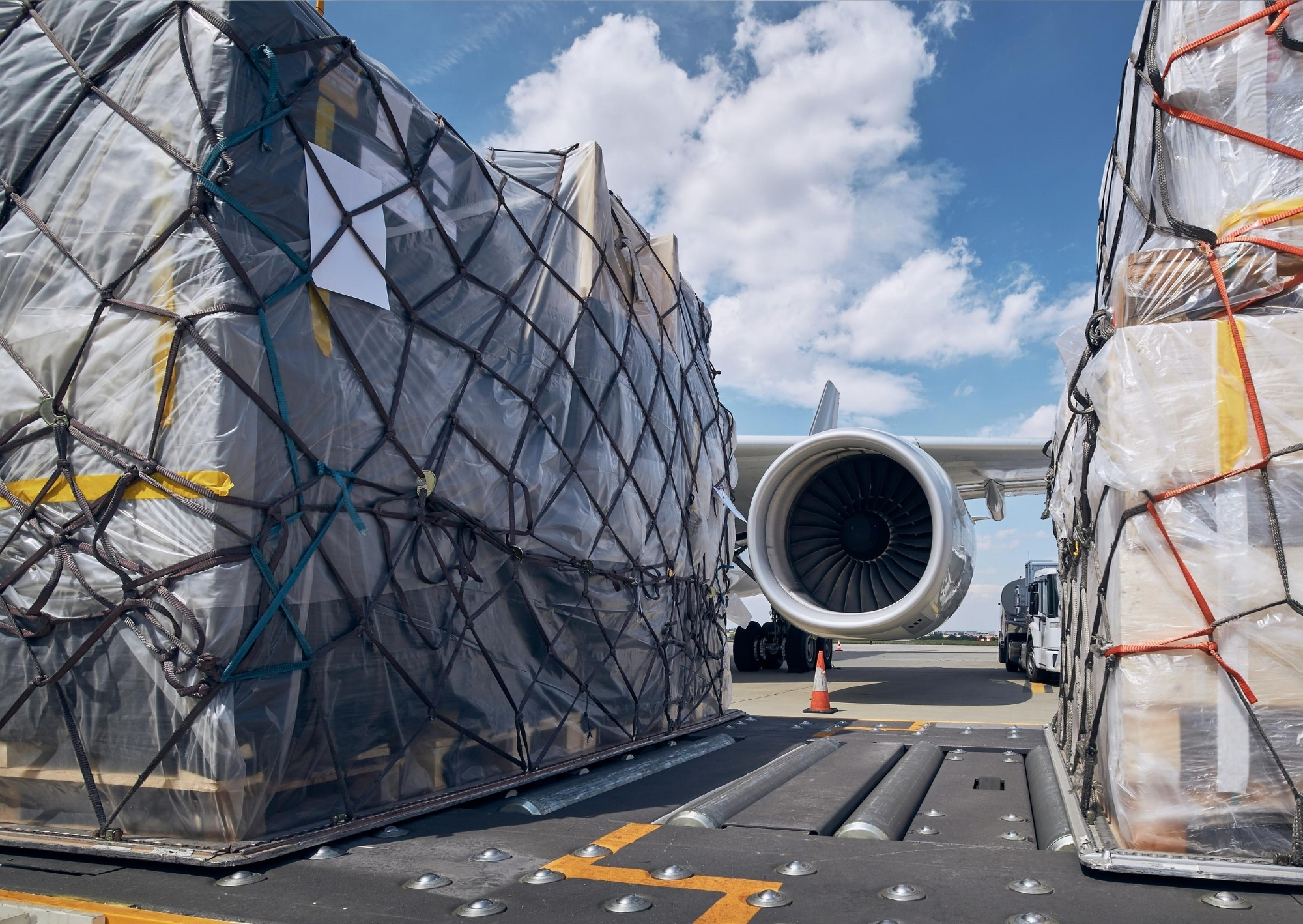
Tips & Tricks about importing or exporting your dream car!
Exporting a car to Dubai or importing it from the USA? Then you are probably entering a completely new and unknown world. The import and export of vehicles to countries outside the EU is not an easy process. When shipping, you have to take into account the rules of the country you are shipping to, as well as the country from which the shipping starts. Therefore, we are happy to explain the process to you in six simple steps and give you some valuable tips!
Step 1: Vehicle purchase and pick up
Purchase
When you want to buy a new car, it is important that all documents of the car are included. The calculation of transporting a car is first adding together the purchasing value and the cost for sea freight. On this sum, the import duties and of the VAT of import are calculated.
When you have a car younger than 30 years of age, there is an import duty of 10% and 21% of VAT. If your car exceeds the age of 30 years, you have an import duty of 0% and a VAT of import of 9% for The Netherlands and 6% for Belgium.
Tips:
-
If you are looking for a car, you can increase the possibilities by looking beyond your own country borders.
-
If you choose a classic car from a country with a hot climate these cars often suffer less from rust formation.
-
If you purchase a car abroad and you are unable to carry out the quality control yourself, please consult an external agency for an inspection. FreightHammer’s experts can certainly help you with this.
Import
The first step of the process is the handover of the vehicle. The car will be picked up at any address worldwide. FreightHammer has a wide network of collaborations with local agencies to ensure that you will always be correctly advised of the local regulations. These regulations vary greatly per country of import and per vehicle. Because of this extra expertise, the correct local legislation is applied and costs are charged correctly. This will save you a lot of research.
Export
When exported, the car is delivered to the port of Antwerp or Rotterdam or is picked up and transported to the port’s own warehouses. The car is prepared for transport and safely packed. Seaworthy packaging can be chosen, or if air freight is opted for, the vehicle will be transported in a custom-designed flight container.
Step 2: Transport to the port
Once the vehicle has been delivered, it is taken to the port. The port charges depend on the chosen country. At the time of the request, the most attractive port is searched for in terms of both price and safety.
Container transport is often chosen for cars. This is the most cost-effective and safest way of transport, but it is certainly not the only way.
Tip:
-
Consult the advice of an expert such as FreightHammer, they will suggest the best way of transport depending on what you want to convey.
Roll-on/Roll-off
There can also be chosen for transport via a RORO ship. This is usually the case with oversized cargo, when the transport of large vehicles is not possible with a smaller ship due to cargo space limitations. This is because standard containers have fixed dimensions and the maximum weight is also determined by law. Oversized cargo includes vehicles such as trucks and motorhomes.
Airfreight
Finally, you can opt for a quick solution, namely air freight. A crossing by ship from New York to Rotterdam takes longer than air transport. The transit time of a sea container travelling from New York to Rotterdam is 9 days. If you want to get your desired cargo to its destination quickly, you can certainly consider air freight.
Step 3: The check
The car will be subjected to a customs control procedure when departing in the country of export. The papers are checked and a photo report of the car is made to see if all export procedures are fulfilled.
Tip:
-
Be informed in advance which documents you need to submit and still need to obtain, so that you will not be faced with any surprises during the inspection.
Step 4: The shipment
When the ship arrives in the port, the container is removed from the ship. When the car is unloaded a photo report is again made as proof of arrival.
Tips:
-
Seaworthy packing or choosing a custom flight crate protects your vehicle during shipping.
-
Discuss with your transport specialist whether you need to extra insure the car during its journey.
Step 5: Vehicle customs clearance
Your car is then cleared in the country of import, which means that another declaration must be made for inspection. The import duties and the VAT of import will also be calculated at this moment. The import duties are determined on the purchasing price and on the cost of sea freight.
Tip:
-
Not every vehicle can be successfully imported from another country, therefore it is important to be correctly informed.
A unique feature of FreightHammer is that they have their own warehouses in Belgium and the Netherlands. A classic car can therefore be customs-cleared at a low rate (6 percent VAT in Belgium) and without extra costs.
Step 6: Delivery at destination
The car is completely ready to be picked up. If desired, the car can be delivered to your door. If you do not opt for home delivery, the car can be picked up at the port of Antwerp or Rotterdam.
If, after reading the article, you still have questions about your specific situation regarding the import or export of your vehicle, please feel free to contact one of our specialists via the contact form.







